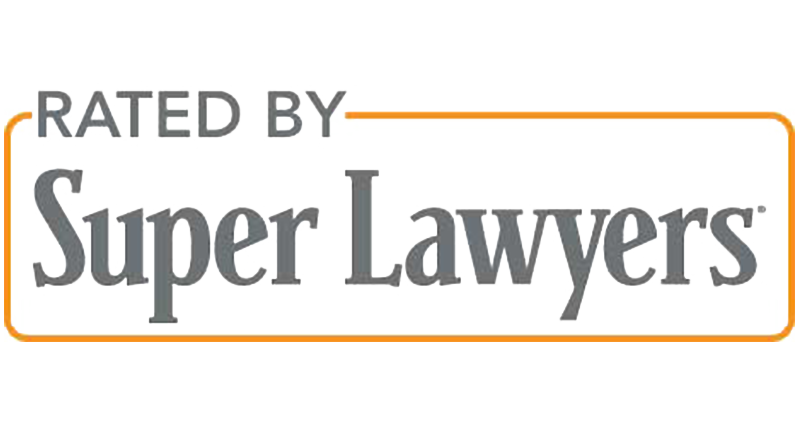What Is Stacked Insurance?
January 18, 2009
By Bob Coleman
Coleman, Chambers & Rogers, LLP
I was hit by a uninsured driver last week, and my policy says it may be possible to “stack” my uninsured motorist policies. What is this referring to?
Stacked insurance refers to combining, or “stacking,” different car insurance policies to increase your total coverage if you’ve been injured in a wreck.
This may occasionally apply to liability insurance, the insurance you would seek from the driver who hit you. But it most often applies to uninsured motorist coverage (UM), the optional coverage you pay for in the event the person who hit you is uninsured or underinsured. An important job for your attorney is to determine all possible UM policies that could apply to your claim in order to maximize your potential coverage.
So how does it work?
Let’s say an uninsured driver hits you and your damages are $75,000. Fortunately, you carry a $50,000 UM policy on that car. This is known as your “primary policy.” But even if this policy pays its full limit, you’re still $25,000 in the hole (75 K – 50 K = 25 K). Well, it’s possible another UM policy may be available to make up the difference. This is called a “secondary” policy. An example of this would be a separate UM policy, say for $25,000, that you keep on another car. It’s possible the other car’s UM policy can be “stacked” onto your primary policy, increasing your total coverage by $25,000. This would give you a total coverage of $75,000 in stacked UM (50 K + 25 K = 75 K). Note that without such stacking, you would not have enough insurance to cover your damages.
So how many policies can you stack?
Hypothetically, there’s no limit to the number of stackable policies. However, it is limited by the amount of damages related to your accident. Starting with the primary, each policy must pay its full limit (exhaustion) before you can tap into a secondary policy. So if you have five UM policies with $50,000 limits, and they all stack, you’ve got a potential of $250,000 in UM coverage. But if your damages are only $200,000, you could only stack the number of UM policies required to cover your damages. So in this case, the fifth policy available would not be exposed. There are complicated rules in Georgia about the order in which each policy pays. This is based on a variety of circumstances, and is an important consideration for your attorney.
So where do all the secondary policies come from?
There are actually many possible sources for UM policies that could apply to your claim. If you’ve got damages well over your primary policy, your attorney may be able to stack other UM policies paid by your spouse, live-in relatives, and, in some circumstances, even your employer. If you were injured while driving another person’s car, it is sometimes possible to stack the car owner’s UM policy onto as a secondary policy. This is an area of auto insurance law that can get especially complicated when damages are high, so it’s vitally important to find every available policy that’s a potential source of recovery.
For example, let’s say you are riding in with your co-worker who’s driving a company car, when your hit head-on by another driver. Your co-worker is uninjured, but unfortunately, you suffer catastrophic injuries such as a broken spine and shattered leg that will require several surgeries and a lengthy recovery. These damages could easily break the $500,000 range in past and future medical costs. In this type of situation, you need an experienced attorney to identify all possible sources of coverage. And in certain circumstances like this, there may be more than meets the eye. For instance, there may be UM coverage you can stack on from your employer, since this involved a company car. The driver of the car may also have UM coverage you can stack, since he had little or no injuries of his own. It’s also sometimes possible to stack UM policies paid for by your spouse or live-in relatives.
The important thing to remember is that Georgia law treats UM policies very liberally when it comes to what may or may not stack onto your primary policy. When damages are far greater than your own coverage limits, you will need a good attorney to find every available source of coverage the law allows.
















